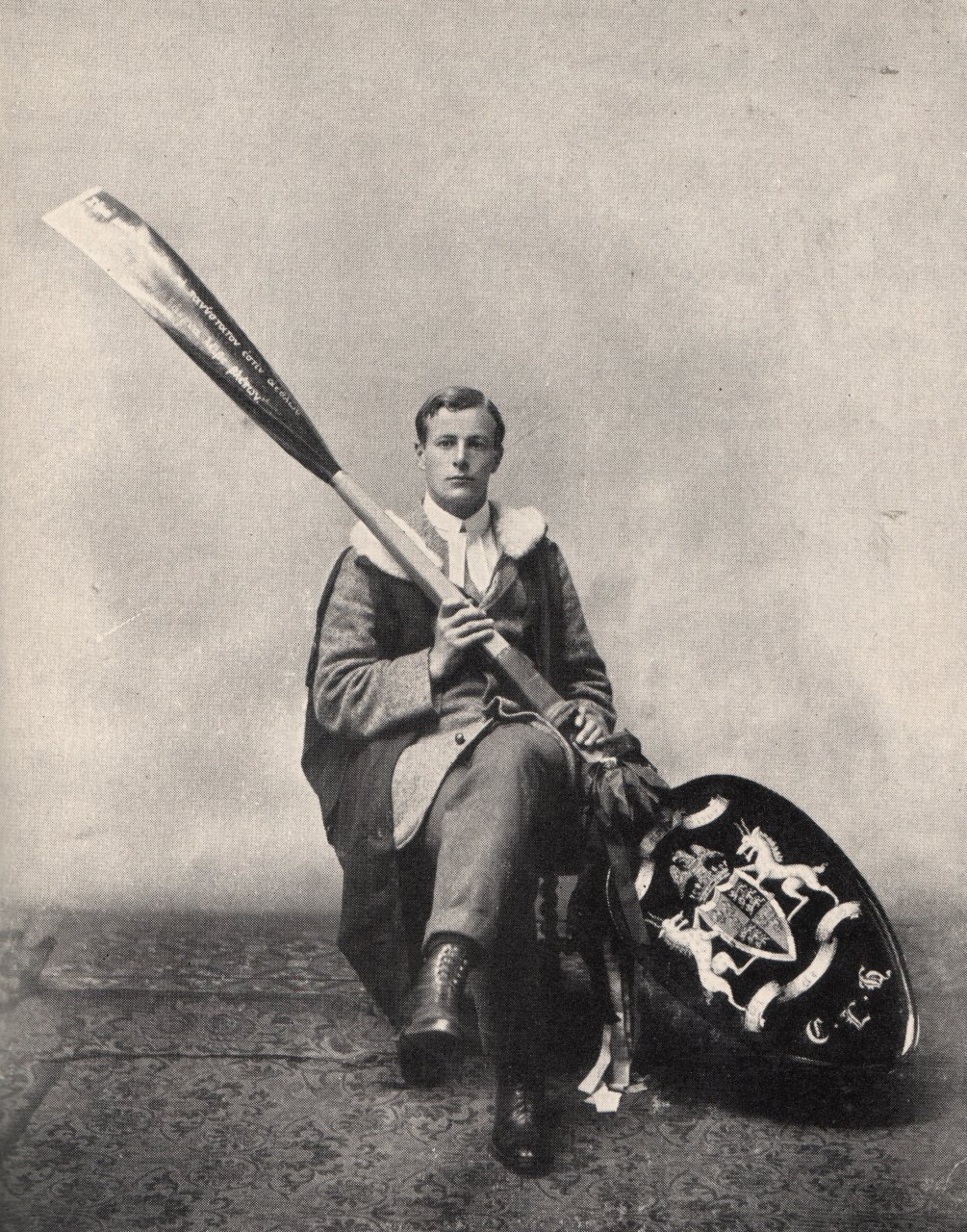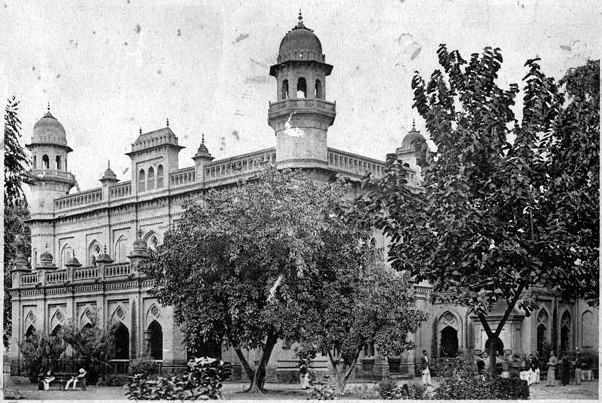|
Allama Mashriqi
Inayatullah Khan Mashriqi ( ur, ; August 1888 27 August 1963), also known by the honorary title Allama Mashriqi (), was a British Indian, and later, Pakistani mathematician, logician, political theorist, Islamic scholar and the founder of the Khaksar movement. Around 1930, he founded the Khaksar Movement. aiming to advance the condition of the masses irrespective of any faith, sect, or religion.S. Shabbir Hussain, Al-Mashriqi: The Disowned Genius, Lahore, Jang Publishers, 1991 Early years Background Inayatullah Khan Mashriqi was born on 25 August 1888 to a Rajput family in Amritsar.Nasim Yousaf, ''Pakistan's Freedom & Allama Mashriqi; Statements, Letters, Chronology of Khaksar Tehrik (Movement), Period: Mashriqi's Birth to 1947'', page 3. Mashriqi's father Khan Ata Muhammad Khan was an educated man of wealth who owned a bi-weekly publication, ''Vakil'', in Amritsar. His forefathers had held high government positions during the Mughal Empire and Sikh Empires. Because of his ... [...More Info...] [...Related Items...] OR: [Wikipedia] [Google] [Baidu] |
Amritsar
Amritsar (), historically also known as Rāmdāspur and colloquially as ''Ambarsar'', is the second largest city in the Indian state of Punjab, after Ludhiana. It is a major cultural, transportation and economic centre, located in the Majha region of Punjab. The city is the administrative headquarters of the Amritsar district. According to the United Nations, as of 2018, Amritsar is the second-most populous city in Punjab and the most populous metropolitan region in the state with a population of roughly 2 million. Amritsar is the centre of the Amritsar Metropolitan Region. According to the 2011 census, the population of Amritsar was 1,989,961. It is one of the ten Municipal Corporations in the state, and Karamjit Singh Rintu is the current Mayor of the city. The city is situated north-west of Chandigarh, 455 km (283 miles) north-west of New Delhi, and 47 km (29.2 miles) north-east of Lahore, Pakistan, with the Indo-Pak Border (Attari-Wagah) being only away. Am ... [...More Info...] [...Related Items...] OR: [Wikipedia] [Google] [Baidu] |
Faith
Faith, derived from Latin ''fides'' and Old French ''feid'', is confidence or trust in a person, thing, or In the context of religion, one can define faith as "belief in God or in the doctrines or teachings of religion". Religious people often think of faith as confidence based on a perceived degree of warrant, or evidence while others who are more skeptical of religion tend to think of faith as simply belief without evidence.Russell, Bertrand"Will Religious Faith Cure Our Troubles?" ''Human Society in Ethics and Politics''. Ch 7. Pt 2. Retrieved 16 August 2009. Etymology The English word ''faith'' is thought to date from 1200 to 1250, from the Middle English ''feith'', via Anglo-French ''fed'', Old French ''feid'', ''feit'' from Latin ''fidem'', accusative of ''fidēs'' (trust), akin to ''fīdere'' (to trust). Stages of faith development James W. Fowler (1940–2015) proposes a series of stages of faith-development (or spiritual development) across the human lifespan. ... [...More Info...] [...Related Items...] OR: [Wikipedia] [Google] [Baidu] |
British Undergraduate Degree Classification
The British undergraduate degree classification system is a grading structure for undergraduate degrees or bachelor's degrees and integrated master's degrees in the United Kingdom. The system has been applied (sometimes with significant variations) in other countries and regions. History The classification system as currently used in the United Kingdom was developed in 1918. Honours were then a means to recognise individuals who demonstrated depth of knowledge or originality, as opposed to relative achievement in examination conditions. Concern exists about possible grade inflation. It is claimed that academics are under increasing pressure from administrators to award students good marks and grades with little regard for those students' actual abilities, in order to maintain their league table rankings. The percentage of graduates who receive a First (First Class Honours) has grown from 7% in 1997 to 26% in 2017, with the rate of growth sharply accelerating toward the end of ... [...More Info...] [...Related Items...] OR: [Wikipedia] [Google] [Baidu] |
Cambridge Mathematical Tripos
The Mathematical Tripos is the mathematics course that is taught in the Faculty of Mathematics at the University of Cambridge. It is the oldest Tripos examined at the University. Origin In its classical nineteenth-century form, the tripos was a distinctive written examination of undergraduate students of the University of Cambridge. Prior to 1824, the Mathematical Tripos was formally known as the "Senate House Examination". From about 1780 to 1909, the "Old Tripos" was distinguished by a number of features, including the publication of an order of merit of successful candidates, and the difficulty of the mathematical problems set for solution. By way of example, in 1854, the Tripos consisted of 16 papers spread over 8 days, totaling 44.5 hours. The total number of questions was 211. The actual marks for the exams were never published, but there is reference to an exam in the 1860s where, out of a total possible mark of 17,000, the senior wrangler achieved 7634, the second wrangl ... [...More Info...] [...Related Items...] OR: [Wikipedia] [Google] [Baidu] |
Forman Christian College
Forman Christian College is an private liberal arts university in Lahore, Punjab, Pakistan. It was founded in 1864 and is administered by the Presbyterian Church. The university follows an American-style curriculum. Founded in 1864 by American Presbyterian missionary Charles William Forman, the college was initially named Mission College, and changed its name in 1894 to Forman Christian College, in honor of its founder. Forman served as an associated college of the University of Calcutta until 1947 when it became affiliated with the University of Punjab. In 2004, the government granted it university charter hence providing it with degree awarding authority. The college was initially based in the Rang Mahal in the Walled City of Lahore, which was leased by Charles with the support from foreign missions. In 1889, it was shifted to Napier Road and was inaugurated by Henry Petty-Fitzmaurice, 5th Marquess of Lansdowne. Again, in 1940, the college was moved to its present campus on ... [...More Info...] [...Related Items...] OR: [Wikipedia] [Google] [Baidu] |
Shibli Nomani
Shibli Nomani ( ur, – ; 3 June 1857 – 18 November 1914) was an Islamic scholar from the Indian subcontinent during the British Raj. He was born at Bindwal in Azamgarh district of present-day Uttar Pradesh.Versatile Scholar Shibli Nomani remembered today Associated Press Of Pakistan website, Published 18 November 2019, Retrieved 16 July 2020 He is known for the founding of the Shibli National College in 1883 and the Darul Mussanifin (House of Writers) in Azamgarh. As a supporter of the |
Syed Ahmad Khan
Sir Syed Ahmad Khan KCSI (17 October 1817 – 27 March 1898; also Sayyid Ahmad Khan) was an Indian Muslim reformer, philosopher, and educationist in nineteenth-century British India. Though initially espousing Hindu-Muslim unity, he became the pioneer of Muslim nationalism in India and is widely credited as the father of the two-nation theory, which formed the basis of the Pakistan movement. Born into a family with strong debts to the Mughal court, Ahmad studied the Quran and Sciences within the court. He was awarded an honorary LLD from the University of Edinburgh in 1889. In 1838, Syed Ahmad entered the service of East India Company and went on to become a judge at a Small Causes Court in 1867, retiring from 1876. During the Indian Mutiny of 1857, he remained loyal to the British Raj and was noted for his actions in saving European lives.Cyril Glasse (2001) ''The New Encyclopedia of Islam'', Altamira Press After the rebellion, he penned the booklet ''The Causes o ... [...More Info...] [...Related Items...] OR: [Wikipedia] [Google] [Baidu] |
Sikh Empire
The Sikh Empire was a state originating in the Indian subcontinent, formed under the leadership of Maharaja Ranjit Singh, who established an empire based in the Punjab. The empire existed from 1799, when Maharaja Ranjit Singh captured Lahore, to 1849, when it was defeated and conquered in the Second Anglo-Sikh War. It was forged on the foundations of the Khalsa from a collection of autonomous Sikh ''misls''. At its peak in the 19th century, the Empire extended from the Khyber Pass in the west to western Tibet in the east, and from Mithankot in the south to Kashmir in the north. It was divided into four provinces: Lahore, in Punjab, which became the Sikh capital; Multan, also in Punjab; Peshawar; and Kashmir from 1799 to 1849. Religiously diverse, with an estimated population of 3.5 million in 1831 (making it the 19th most populous country at the time), Amarinder Singh's The Last Sunset: The Rise and Fall of the Lahore Durbar it was the last major region of the Indian subc ... [...More Info...] [...Related Items...] OR: [Wikipedia] [Google] [Baidu] |
Mughal Empire
The Mughal Empire was an early-modern empire that controlled much of South Asia between the 16th and 19th centuries. Quote: "Although the first two Timurid emperors and many of their noblemen were recent migrants to the subcontinent, the dynasty and the empire itself became indisputably Indian. The interests and futures of all concerned were in India, not in ancestral homelands in the Middle East or Central Asia. Furthermore, the Mughal empire emerged from the Indian historical experience. It was the end product of a millennium of Muslim conquest, colonization, and state-building in the Indian subcontinent." For some two hundred years, the empire stretched from the outer fringes of the Indus river basin in the west, northern Afghanistan in the northwest, and Kashmir in the north, to the highlands of present-day Assam and Bangladesh in the east, and the uplands of the Deccan Plateau in South India. Quote: "The realm so defined and governed was a vast territory of some , rang ... [...More Info...] [...Related Items...] OR: [Wikipedia] [Google] [Baidu] |
The Vakil
The Vakil ( ur, ) was an Urdu language newspaper published from Amritsar during the British Raj. Initially it was bi-weekly newspaper but later it became three days. This newspaper was started by Inayatullah Khan Mashriqi's father Khan Ata Muhammad Khan in 1895 and published until about July 28, 1931.Nasim Yousaf, ''Pakistan's Freedom & Allama Mashriqi; Statements, Letters, Chronology of Khaksar Tehrik (Movement), Period: Mashriqi's Birth to 1947'', page 3. The first editor of the newspaper was Mirza Hairat Dehlavi but separated after editing two pamphlets. In October of the same year, Insha Allah Khan became the editor. Abul Kalam Azad Abul Kalam Ghulam Muhiyuddin Ahmed bin Khairuddin Al-Husseini, Hussaini Azad (; 11 November 1888 – 22 February 1958) was an Indian Indian independence movement, independence activist, Islamic theologian, writer and a senior leader of the ... was associated with Vakil as one of the editor for five years, from 1903 to 1908. References ... [...More Info...] [...Related Items...] OR: [Wikipedia] [Google] [Baidu] |
Rajput
Rajput (from Sanskrit ''raja-putra'' 'son of a king') is a large multi-component cluster of castes, kin bodies, and local groups, sharing social status and ideology of genealogical descent originating from the Indian subcontinent. The term Rajput covers various patrilineal clans historically associated with warriorhood: several clans claim Rajput status, although not all claims are universally accepted. According to modern scholars, almost all Rajput clans originated from peasant or pastoral communities. Over time, the Rajputs emerged as a social class comprising people from a variety of ethnic and geographical backgrounds. During the 16th and 17th centuries, the membership of this class became largely hereditary, although new claims to Rajput status continued to be made in the later centuries. Several Rajput-ruled kingdoms played a significant role in many regions of central and northern India from seventh century onwards. The Rajput population and the former Rajput stat ... [...More Info...] [...Related Items...] OR: [Wikipedia] [Google] [Baidu] |






